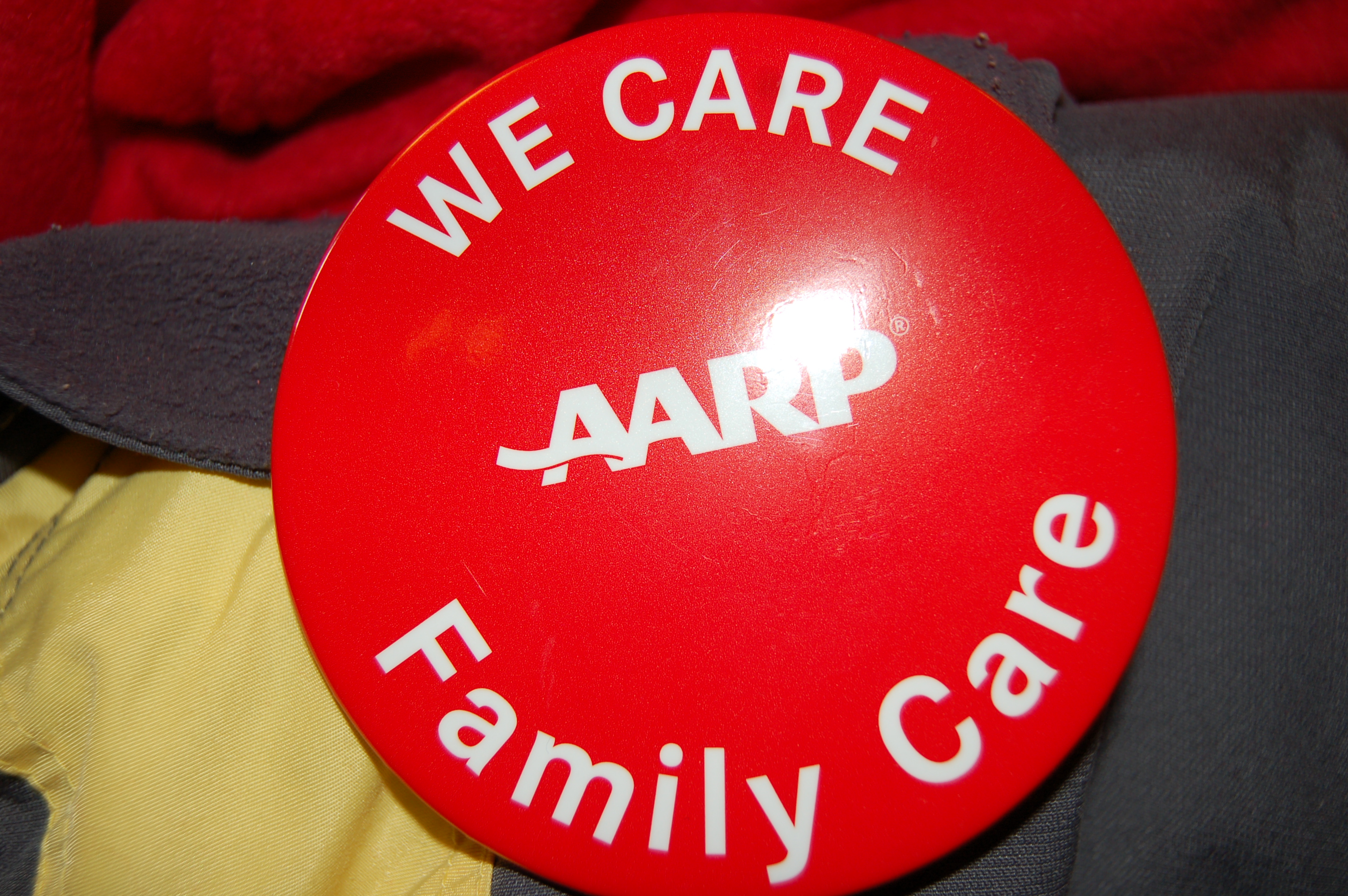AARP Eye Center

Christina Fox describes her life as a caregiver as being torn between two generations.
"Calling it the 'sandwich generation' is just a nice way of saying you're caught between your parents and your own children," said Fox, 43, of Milwaukee, who took in her ailing mother two years ago while parenting two teenagers.
Although her mother, Sara Muhammad, 66, does not drive and has difficulty walking, Fox never considered rejecting the caregiver role. Her experience reflects the difficulties caregivers face and she is just one of the half a million caregivers in Wisconsin.
Wisconsin has long prided itself on above-average services for older people, people with disabilities and their caregivers, although recent budget cuts have stalled key programs, including the Family Care Partnership program for in-home caregivers.
Government programs are boosted by nonprofit organizations, skilled at spreading information and recruiting volunteers.
For example, the Alzheimer's Association has several branches in Wisconsin offering support groups, advice and help in tapping community resources.
"Wisconsin is aging, and more people will be caregivers for a parent or other family member," said Krista Scheel, program director for the Alzheimer's Association Southeastern Wisconsin chapter.
Wisconsin's larger cities have significant Hispanic and African American populations. Providing support services for those populations has unique challenges because there can be a greater stigma and reluctance to seek help for dementia, Scheel said.
Thirty-seven Aging and Disability Resource Centers have been set up in 68 of Wisconsin's 72 counties to offer a one-stop resource that can connect caregivers to services. Staffed with social services professionals, stocked with libraries of information and bolstered by connections to nonprofit groups and corps of volunteers, the ADRCs have replaced the old system of dividing services among county offices.
The private, nonprofit Greater Wisconsin Agency on Aging Resources provides technical services at ADRCs and offers a toll-free number (866-843-9810) and a website to help people find local resources.
AARP is taking a lead in advocating for caregivers and helping more of them access community services, said state director Sam Wilson. AARP Wisconsin offers presentations on caregiving, such as "Powerful Tools for Caregivers," maintains a website and toll-free help line (866-448-3611) and lobbies for legislation and public funding to provide home care services and respite care.
While most support services are provided in southern Wisconsin's urban areas, the percentage of older people is growing fastest in rural areas where services such as home-delivered meals and transportation to doctor's appointments are harder to provide.
Lynn Gall of the Wisconsin Department of Health Services estimates that the percentage of residents 65 and older in most northern counties could surpass 30 percent by 2035.
An influx of retirees in the popular vacation area has already boosted the over-60 population to 34 percent in Vilas County and 29 percent in Oneida County, she said.
Although the state plans to set up more rural ADRCs, they often have little money, have a smaller pool of volunteers and face transportation hurdles, particularly on wintry rural roads.























































